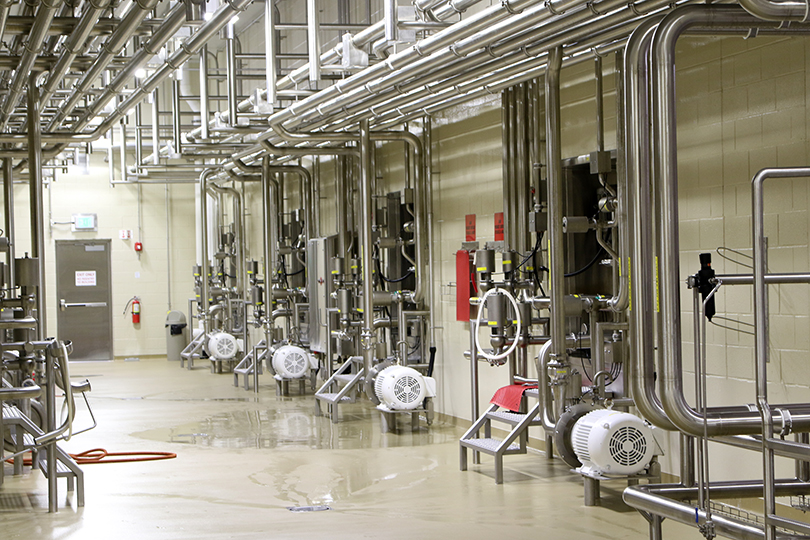By Jennifer Whitlock
Field Editor
During a recent hearing before the U.S. House Agriculture Committee Subcommittee on Livestock and Foreign Agriculture, a food security and supply chain analyst told legislators advances in the food and agriculture sector have made them more susceptible to cyberattacks.
“Cyber risk is not new to the food and ag sector, but the risk of significant business disruption and national security threats from cyberattacks are growing. And evolving cyber risk in the food and ag sector is the growing dependence upon cyber-based information and operational technology systems,” Dr. Jennifer van de Ligt said. “These operational technology systems manage the most critical aspects of food production, typically have the lowest level of integrated cyber security protections and are often omitted from enterprise cybersecurity plans, protections and training.”
As an associate professor and director of the Food Protection and Defense Institute at the University of Minnesota, van de Ligt has extensive experience in researching threats to food supply chains.
Through research, she and her team at the institute have identified and recommended five specific action steps the U.S. Department of Agriculture (USDA) should take to improve cybersecurity and reduce food systems disruption. Collaborating with the Food and Drug Administration, Department of Homeland Security and Federal Bureau of Investigations, as well as food and agricultural insurance and private cybersecurity partners, will help secure the nation’s food supply in the future, she said.
The diverse environment of food and agriculture, from small family farms and ranches to multinational corporations, may make them seem unrelated. But van de Ligt testified the food system is one of the most interconnected systems within America’s critical infrastructure.
“From a cyber perspective, this amplifies the attack surface and the risk,” she said. “It also amplifies the potential magnitude of system disruption and failure from a cyberattack, including its secondary and tertiary cascading impacts.”
She cited the recent JBS cyberattack as an example of how disruptive a major attack to not only the U.S., but the globe’s, food systems could be. Meat processing was disrupted in several countries, causing temporary interruptions to supply, logistics and transportation to customers, along with an increase in retail prices.
The labor-intensive agricultural industry has increasingly shifted to automation as labor shortages continue to rise. But van de Ligt said when automation increases, cyber risk also increases. The potential for cyberattacks have the potential to cause “catastrophic supply chain disruption” that can endanger national security, she said.
Even something as seemingly simple as milk jugs can cause a ripple effect across the food supply.
“Consider the impact if both of the only HDPE pellet plants that produce the gallon jug milk preforms were victims of a simultaneous cyberattack. This is not unrealistic,” she said. “We do know that during Hurricane Katrina, when just one of those HDPE facilities was compromised, the supply of fluid milk at the consumer level plummeted to shortage levels in many areas of the country while dairy farmers dumped millions of gallons of milk.”
That situation could be repeated and affect the entire nation in the event of a targeted cyberattack, she said.
To prevent such an occurrence, more work must be done to train and produce cybersecurity experts who understand the agricultural sector, according to van de Ligt.
“There are very few experts with the knowledge and experience to effectively enhance cybersecurity in the food and ag operational environment. This type of expert is often recognized as irreplaceable and sometimes are referred to as ‘unicorns’ within the food industry,” she said. “We need to train and field many more of them. Securing the vast cyber infrastructure and electronic information system sustaining America’s food and ag supply system is vital to the economic vitality of the system and to our nutritional and national security.”
Click here to view the hearing. Additional materials, including testimony from other agricultural and food experts and the full witness list, are available here.

